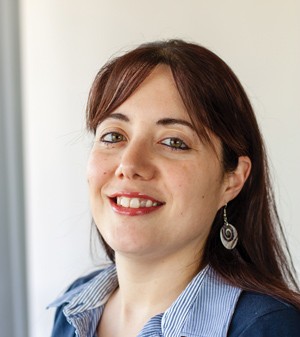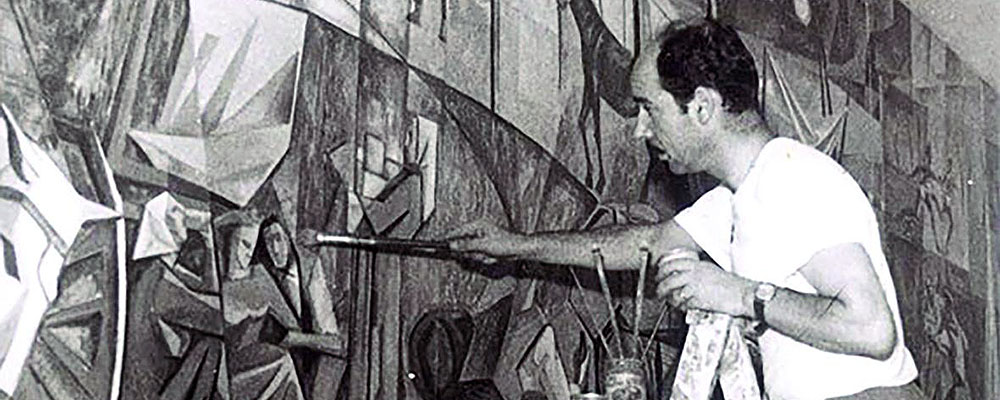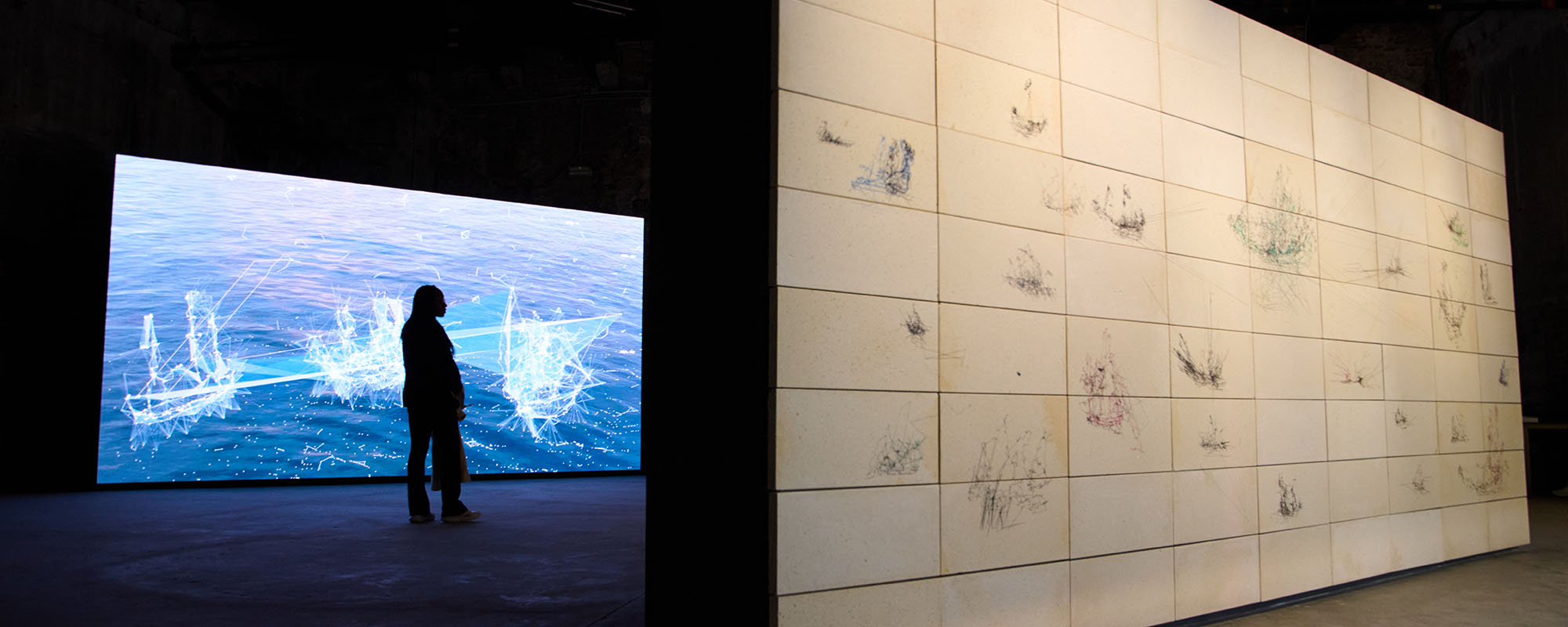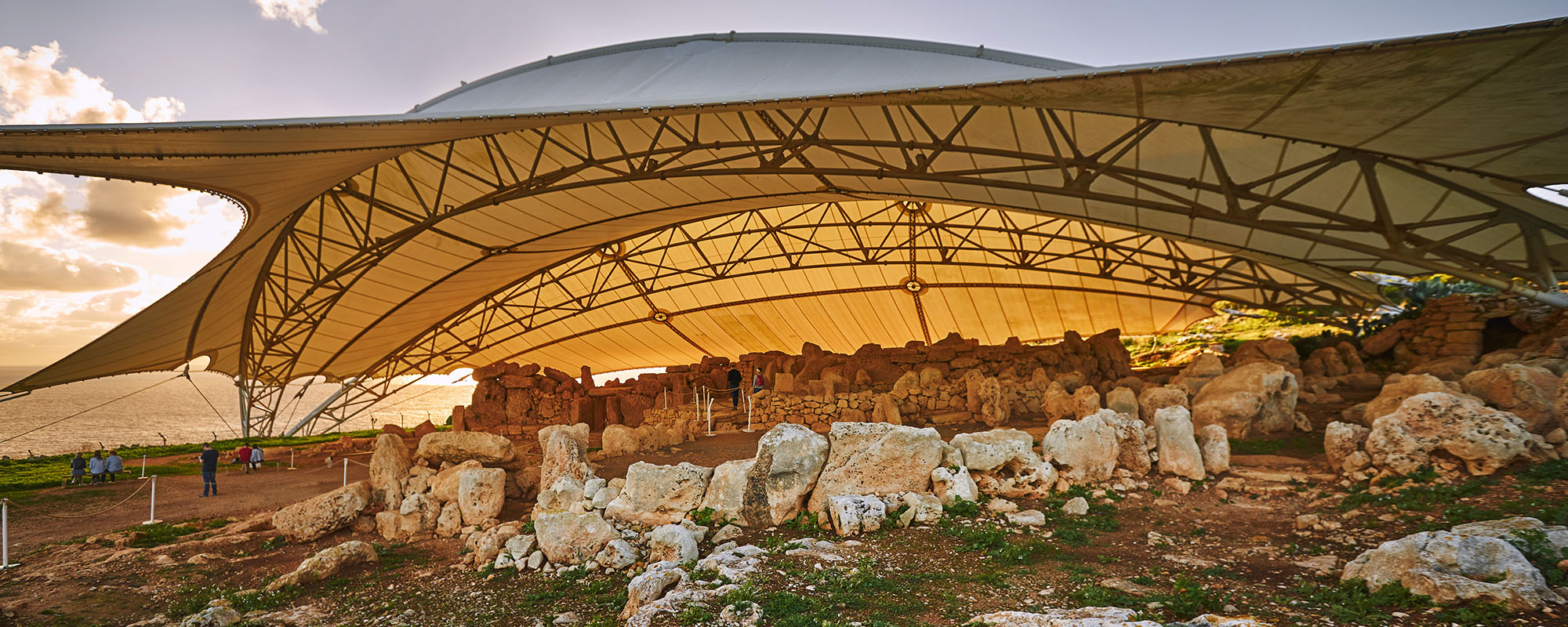My career has taken me from industry to research, with a 3-year stint as a business consultant, and EU and local fund evaluator for R&D projects. Now I am back at university managing the consultancy, laboratory services, and training business within the Malta University Consulting Ltd (MUC). The University of Malta (UoM) encourages its staff to engage in activities like these through the MUC. Through this article I hope to encourage UoM staff and outside entities to meet us to talk about their opportunities.
The MUC is one of the subsidiary companies of the UoM that we are revamping. Our new office is located on Campus in the same building as the Knowledge Transfer Office and the Business Incubator TakeOff. Our doors are always open for both academic and technical staff, as well as industry and public entities.
Having carried out research at the UoM and visited foreign research organisations, I have witnessed the UoM develop into a hub of knowledge, resources, and excellence competitive with research institutes abroad. Staff members have expertise in a wide range of areas and can offer technical, educational, business, and scientific advice. Expertise ranges from environment and energy, to sciences, education, engineering, ICT, finance, health sciences, and other areas. The quality of the work is highly professional and competes very well with international levels.
The MUC’s role is to facilitate staff by taking care of the administrative, financial, legal and marketing issues related to networking with industry, allowing them to do what they are best at: deliver the expertise efficiently. Staff and entities are given support to find opportunities and set up teams of experts when projects are multidisciplinary. Projects are managed from their inception to closure — from the preparation of proposals and submission of quotes to chasing deliverables and deadlines. The MUC helps with contract negotiation and legal document preparation for the necessary agreements. It provides insurance coverage and manages the issuing of invoices, and securing and processing payments.
Over the past nine months, with my new role at the MUC, we have been working with a number of local public entities and SMEs (Small to Medium Enterprises) on a number of projects. We have worked on small one-off services that require biological, physical, mechanical, and electrical laboratory tests and larger longer-term projects such as chemical tests with the pharmaceutical industry. Contract research and consultancy projects are generally bigger projects involving teams of experts. We have been involved in projects in the telecommunications, ICT, education, renewable energy, and electronics industries. We also organise Continuous Professional Development (CPD) courses such as digital gaming, Horizon 2020 EU funding, and e-marketing.
We can do much more than we are doing. Our vision is to keep growing slowly but steadily involving other members of staff and other entities. Do contact us — our doors are always open.
Dr Ing. Alexia Pace Kiomall can be contacted on alexia.pacekiomall@muhc.com.mt or 2340 8903





Comments are closed for this article!